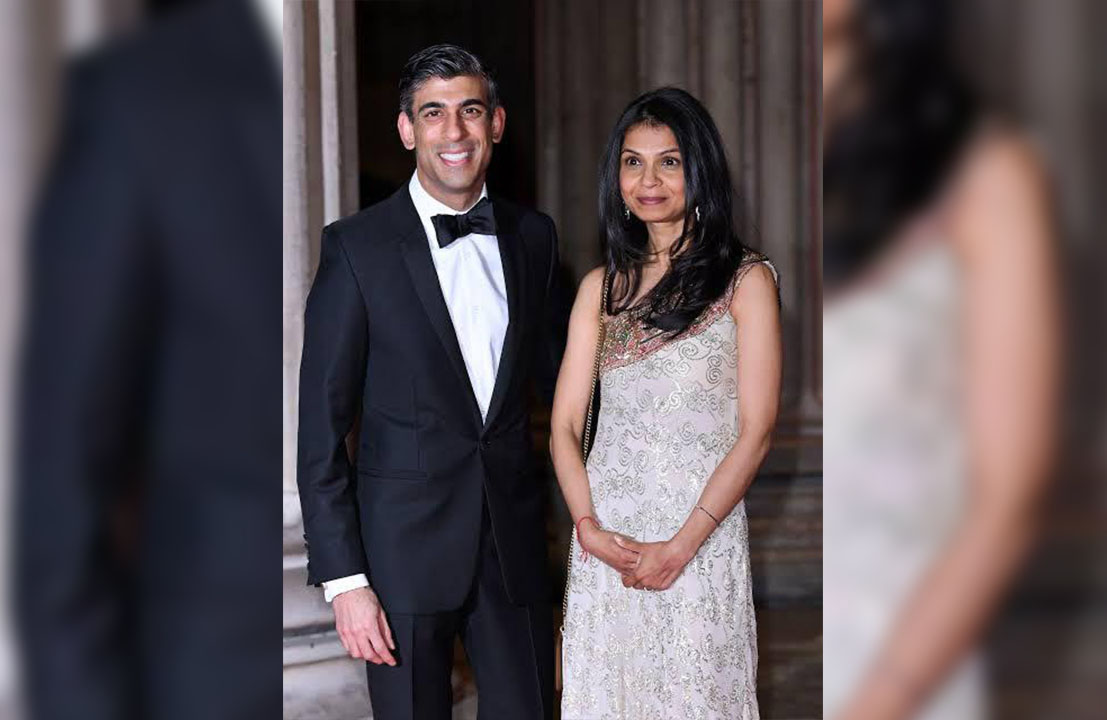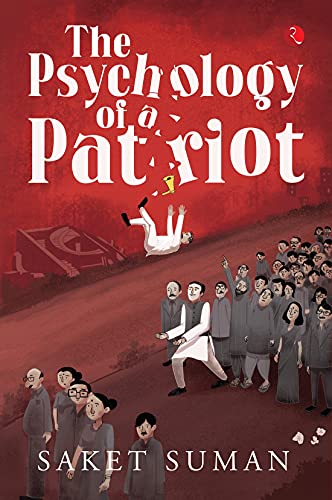
Samindranath Majumdar, grandnephew of legendary artist Hemendranath Mazumdar, has got Mumbai impressed at the renowned Jehangir Art Gallery
Moving water. Moving lines. Water that leaves its imprint on ancient stones. Lines in their hundreds that snake across the canvas giving it depth, creating undulating surfaces through pleasant optical illusion. The rich aesthetics in the works of Samindranath Majumdar never fail to be cerebral. Here in some of these paintings, he is a topologist playing with curved spaces, using something akin to wire frame modelling to create vortexes, giving the canvas a curvature, sometimes blowing it off the picture frame.
The slithering lines across the canvas are even more interesting in how they connect various elements creating unity of design that ripples with energy. As in Stone, Cocoon and Lake with its luminescent body of water and a cocoon like form on land with fluid oozing out. All around the cocoon are stones, a rock with something woven across it but nowhere else is there a sign of life. The electricity of these lines drawn across the biscuit coloured earth connects the lifeless stones with the life inside the cocoon that lingers at the edge of the radiant lake.
Water keeps returning in these frames. In the fluidity of Fossil, Stone and Morning Water, where an almost liquid blue paint runs off the fossilised form of what could have been a hibiscus. The flattened and dead bloom, as well as the withered leaf next to it, quietly in dialogue with the vitality of the colour. Here too, the tensile, undulating lines add drama to the canvas.
Just as water from ancient oceans leaves its mark on rock faces so also it leaves behind fossils of sea life which are like footprints of the past. The past recurs in these paintings – a solitary headstone stands in the foreground of a tea-coloured landscape with an aquamarine lake in ‘Epitaph’. Rocks edits peep out of the earth opening a dialogue with the present, the present of wars and strife. So the symbolic concertina coil returns in some of these pictures reminding us of boundaries, strife and perhaps enslavement. This incongruous coil of razor wire at the corner of the frame sometimes sends us off on a tangent, puzzling, coaxing and reminding us of the ever present horrors of conflict, lurking at the edges of our ordered existences.
Does conflict always lurk at the edges? Does it always happen to other people? These thoughts bring us to It Always Happens to Other People. A square canvas about war, with a wire mesh that creates distance between the viewer and the battlefield behind it. If you get close, the image blurs while as you move back the battlefield gets clearer. War to the luckier amongst us is almost fiction — to be read and commented upon or gawked at from the safety of our living rooms. The artist has brilliantly created this effect of fictional distance, most appropriate to this subject, by using thick pigment, ink, marble dust, rope and jute on canvas.
Those who have seen Splash (another work by Samindranath Majumdar) would remember how he had used thick pigment and bright white light to create a dramatic effect. It Always Happens to Other People is a work where his use of thick pigments and a very involved process has achieved imaginative heights, giving this particular work a certain aura and perhaps imparting upon it, what we might call, the magnetism of guilt.
Speaking with the artist one comes to know that his creative process often involves an episodic washing or scrubbing the canvas after application of paint. His abstract landscapes are like the filmy soap bubbles animated by an inner stress, brimming with a palpable beauty that in its very nature has to be transient. Works like Stone, Cocoon and Lake or the phosphorescent water of Untitled readily bring the impressionists to mind.
Some of these images convey a sense of anguish by using brooding dark tones and tortured lines while a few have used bold brushstrokes, much like the expressionists, to convey turbulence. The play of opposites, the juxtaposition of signs from the past and the present, the mutability of the forms, the shimmering oneiric quality of the works and the sudden joyous burst of colour like a mystic’s ecstasy, bestows a haunting grandeur to this exhibition.
Engagement with history and effortless use of a variety of material by Samindranath Majumdar sometimes reminds us of the works of Anselm Kiefer, who has engaged head on with German history and the Holocaust. In the white noise of contemporary works that cater to trends and are often mere pastiches and only just that, Majumdar presents us with a fresh and original aesthetic. An aesthetic which has no diffidence in engaging with the past while at the same time probing the edges of our consciousness, our guilt and our ways of seeing and creating meaning out of a tortured existence. The creator of these works has indeed developed a highly evolved visual language and in this exhibition he proves that he is at the height of his powers.
The artworks are being exhibited at Mumbai’s Jehangir Art Gallery till August 24,2015.
(Rajat Chaudhuri is a Charles Wallace Fellow, a Korean Arts Council-InKo Fellow and the author of three works of fiction. He can be reached at rajat@rajatchaudhuri.net)















